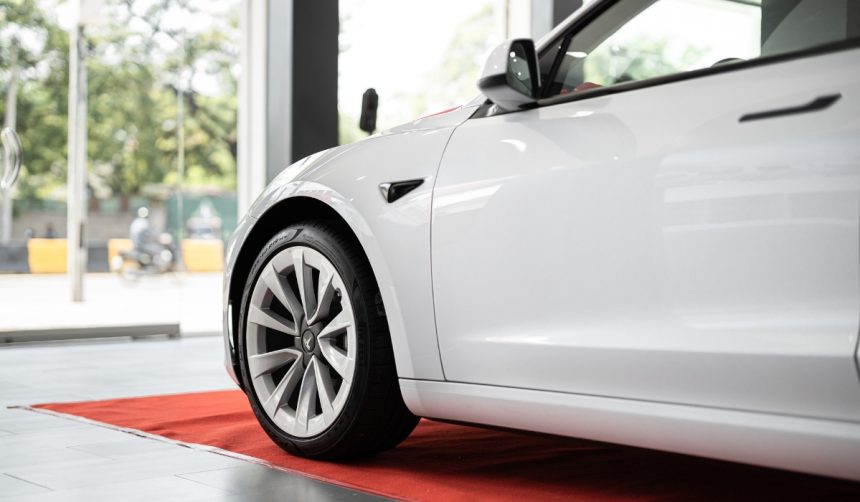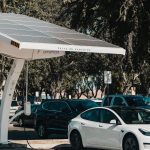Tesla recently began limited rides of its Robotaxi service in Austin, Texas, marking a new phase for the electric automaker’s autonomous vehicle ambitions. The deployment triggered discussions about the unique technological philosophy guiding Tesla’s self-driving systems, which diverge significantly from prevailing approaches in the industry. Instead of combining cameras with LiDAR or radar—methods favored by competitors for redundancy—Tesla opted to rely exclusively on cameras, aiming to mimic human visual perception. Some industry observers remain skeptical of this decision, especially considering the diverse lighting conditions encountered on real-world roads. While early testers have shared a mix of positive and critical feedback, expectations are high as the program progresses.
When similar trials of autonomous ride-hailing vehicles from companies such as Waymo and Cruise began, both adopted robust multi-sensor arrays, including LiDAR and radar, to navigate complex scenarios such as direct sunlight or inclement weather. These systems typically encountered less criticism regarding visual impairment, though they presented their own set of technical and regulatory challenges. Tesla’s camera-only strategy stands in contrast, consistently emphasizing software over hardware redundancy. Reports from previous years highlighted isolated system interruptions but did not always specify how environmental conditions like sun glare were addressed. The current Austin test may represent the company’s most direct confrontation yet with the challenges of relying solely on camera-based perception in all weather and lighting realities.
Why Does Tesla Use Cameras Instead of LiDAR?
Tesla maintains that its vehicles can achieve effective autonomous navigation with cameras alone, eschewing the need for additional sensors like LiDAR. CEO Elon Musk has questioned the necessity of LiDAR, labeling its use as unnecessary and touting the capabilities of the camera-based “photon counting” method. According to Musk, “Actually, it does not blind the camera. We use an approach which is direct photon count…when you see a processed image…the image that you see looks all washed out, because if you point the camera at the sun, the post-processing of the photon counting washes things out.” This claim frames Tesla’s bet on camera technology as an alternative to the sensor-heavy frameworks adopted elsewhere.
How Are Early Robotaxi Rides Handling Sunlight?
Initial feedback from some Austin Robotaxi riders has indicated that direct sunlight and glare have not significantly impacted vehicle navigation in certain cases. Multiple users posted experiences on social media of successfully completing trips during challenging lighting conditions, including “golden hour” and direct sun glare, without notable disruptions. While these reports have bolstered confidence in Tesla’s photon counting approach among some users, they do not represent an exhaustive evaluation, as test volumes and environmental scenarios remain limited.
What Technical Challenges Have Been Observed?
Despite positive accounts, there have been documented incidents of software anomalies, such as “phantom braking,” during the Robotaxi’s initial rides. One early test highlighted the system momentarily braking without apparent cause during a comparative run against Waymo. On another occasion, the Tesla safety monitor manually intervened via the car’s touchscreen interface to halt the vehicle, underscoring ongoing limitations with fully unsupervised operation. These events illustrate that while Tesla’s neural networks may adapt and learn from novel challenges like sudden sunlight, real-world implementation is still in the iterative phase.
The approach adopted by Tesla in Austin brings out both the potential strengths and weaknesses of relying solely on visual input for autonomous driving in practical conditions. Unlike competitors that integrate multiple sensing modalities to cross-verify environmental data, Tesla’s commitment to camera-only systems could lead to more efficient hardware yet introduces complexities in edge cases, particularly concerning lighting extremes. For automotive technology enthusiasts and urban mobility planners, the rollout serves as a real-time experiment in balancing simplicity, reliability, and safety in public-facing robotaxis. It also raises broader questions regarding the scalability of camera-based autonomy and the timeline for removing human safety monitors. By closely observing outcomes from Austin’s pilot, stakeholders may gain valuable insights for future deployments in varied urban landscapes.










